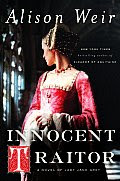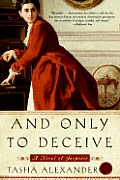BOOK REVIEW: The Ingenious Edgar Jones by Elizabeth Garner
 The birth of Edgar Jones, sometime in the 1850s, was marked by a wonderous meteor shower. His father, a night porter at Oxford University, is sure this is a sign of a great destiny for his son but Edgar, a restless child, is more at home exploring the natural world and how things work than making sense of the words in his father’s books. When Edgar turns his back on his father’s dreams by apprenticing himself to a blacksmith, a silent détente
The birth of Edgar Jones, sometime in the 1850s, was marked by a wonderous meteor shower. His father, a night porter at Oxford University, is sure this is a sign of a great destiny for his son but Edgar, a restless child, is more at home exploring the natural world and how things work than making sense of the words in his father’s books. When Edgar turns his back on his father’s dreams by apprenticing himself to a blacksmith, a silent détente
occurs in the family home.
Soon Edgar’s ingenuity and skill bring him to the attention of a “bone man,” a professor of anatomy at Oxford with grandiose ideas for a natural history museum. Edgar’s work on the new museum restores his father’s hopes for the future but threatens to tear the family apart as scientific progress wars with traditional beliefs.
The Ingenious Edgar Jones by Elizabeth Garner is a classic coming-of-age story. Mankind’s understanding of the world is rapidly changing and for many, the shifting sands of reality cause them to view scientific discoveries as heresy and view “progress” with horror. Garner’s choice of Victorian Oxford as setting allows her to use Edgar and William to mirror the conflicts waging within Oxford’s walls and, in return, show how monumental such a schism can be between parent and child.
Despite featuring prominently in the narrative of The Ingenious Edgar Jones, Edgar’s mother is a shadowy figure. Her disquiet and worries about Edgar permeates the text, yet as a character is barely developed leading readers to be frustrated at the amount of space devoted to her voice. Her role seems to be that of Cassandra, prophecizing the heinous outcome from a split between father and son and left helpless to watch the preordained outcome.
The construction of the natural history museum in The Ingenious Edgar Jones is based on Oxford University Museum, the first natural history museum in Britain which played a part in the great divide between science and religion.
ISBN10: 030740899X
ISBN13: 9780307408990
Hardcover
323 Pages
Publisher: Crown
Publication Date: May 29, 2009

































































